1878–1908 → 1886 Aleksandar Battenberg Date formed 1878 | ||
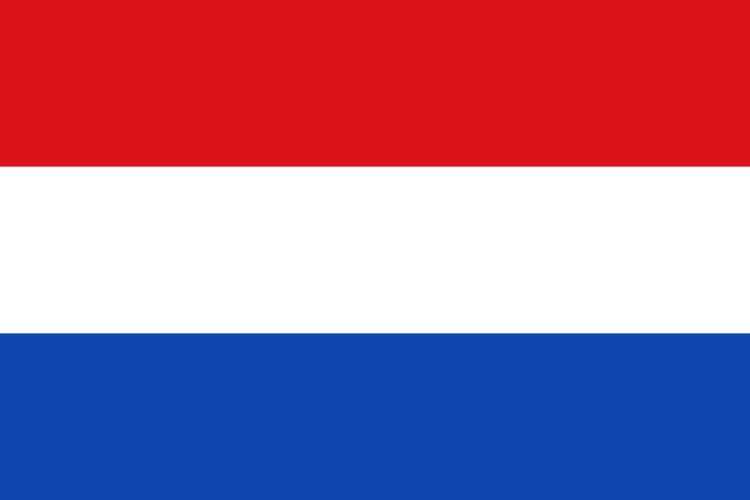 | ||
1887–1908 Ferdinand Sakskoburggotski | ||
Eastern rumelia
Eastern Rumelia (Bulgarian: Източна Румелия, Iztochna Rumeliya; Ottoman Turkish: روم الى شرقى, Rumeli-i Şarkî; Greek: Ανατολική Ρωμυλία, Anatoliki Romylia) was an autonomous territory (oblast in Bulgarian, vilayet in Turkish) in the Ottoman Empire, created in 1878 by the Treaty of Berlin and de facto ended in 1885, when it was united with the Principality of Bulgaria, also under Ottoman suzerainty. It continued to be an Ottoman province de jure until 1908, when Bulgaria declared independence.
Contents
- Eastern rumelia
- History
- Unification with Bulgaria
- Government
- Administrative divisions
- Population and ethnic demographics
- Ownership
- References
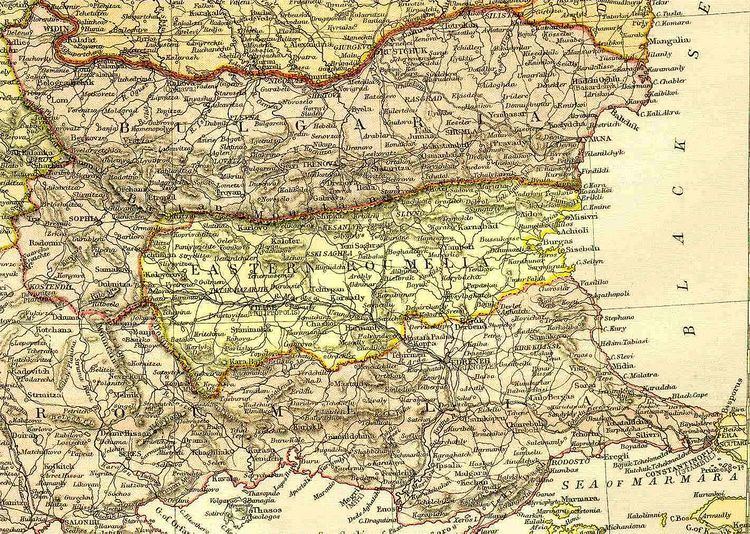
Ethnic Bulgarians formed a majority of the population in Eastern Rumelia, but there were significant Turkish and Greek minorities. Its capital was Plovdiv (Ottoman Filibe, Greek Philippopolis).
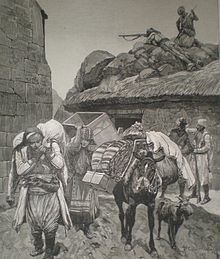
History
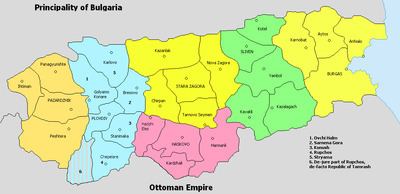
Eastern Rumelia was created as an Autonomous Province within the Ottoman Empire by the Treaty of Berlin in 1878. The region roughly corresponded to today's southern Bulgaria, which was also the name the Russians proposed for it; this proposal was rejected by the British. It encompassed the territory between the Balkan Mountains, the Rhodope Mountains and Strandzha, a region known to all its inhabitants—Bulgarians, Ottoman Turks, Greeks, Roma, Armenians and Jews—as Northern Thrace. The artificial name, Eastern Rumelia, was given to the province on the insistence of the British delegates to the Congress of Berlin: the Ottoman notion of Rumelia refers to all European regions of the empire, i.e. those that were in Antiquity under the Roman Empire. Some twenty Pomak (Bulgarian Muslim) villages in the Rhodope Mountains refused to recognize Eastern Rumelian authority and formed the so-called Republic of Tamrash.
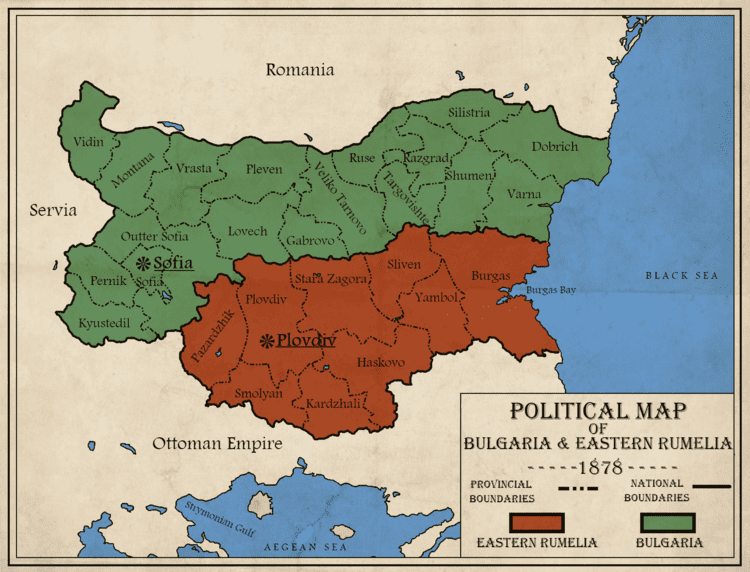
The province is remembered today by philatelists for having issued postage stamps from 1880 on. See the main article, Postage stamps and postal history of Eastern Rumelia.
Unification with Bulgaria
After a bloodless revolution on 6 September 1885, the province was annexed by the Principality of Bulgaria, which was de jure a tributary state but de facto functioned as independent. After the Bulgarian victory in the subsequent Serbo-Bulgarian War, the status quo was recognized by the Porte with the Tophane Agreement on 24 March 1886. With the Tophane Act, Sultan Abdul Hamid II appointed the Prince of Bulgaria (without mentioning the name of the incumbent prince Alexander of Bulgaria) as Governor-General of Eastern Rumelia, thus retaining the formal distinction between the Principality of Bulgaria and Eastern Rumelia and preserving the letter of the Berlin Treaty. However, it was clear to the Great Powers that the union between the Principality of Bulgaria and Eastern Rumelia was permanent, and not to be dissolved. The Republic of Tamrash and the region of Kardzhali were reincorporated in the Ottoman Empire. The province was nominally under Ottoman suzerainty until Bulgaria became de jure independent in 1908. 6 September, Unification Day, is a national holiday in Bulgaria.
Government
According to the Treaty of Berlin, Eastern Rumelia was to remain under the political and military jurisdiction of the Ottoman Empire with significant administrative autonomy (Article 13). The law frame of Eastern Rumelia was defined with the Organic Statute which was adopted on 14 April 1879 and was in force until the Unification with Bulgaria in 1885. According to the Organic Statute the head of the province was a Christian Governor-General appointed by the Sublime Porte with the approval of the Great Powers. The legislative organ was a Provincial Counsel which consisted of 56 persons, of which 10 were appointed by the Governor-General, 10 were permanent and 36 were directly elected by the people.
The first Governor-General was the Bulgarian prince Alexander Bogoridi (1879–1884) who was acceptable to both Bulgarians and Greeks in the province. The second Governor-General was Gavril Krastevich (1884–1885), a famous Bulgarian historian. Before the first Governor-General, Arkady Stolypin was the Russian Civil Administrator from 9 October 1878 to 18 May 1879.
During the period of Bulgarian annexation Georgi Stranski was appointed as a Commissioner for South Bulgaria (9 September 1885 - 5 April 1886), and when the province was restored to nominal Ottoman sovereignty, but still under Bulgarian control, the Prince of Bulgaria was recognized by the Sublime Porte as the Governor-General in the Tophane Agreement 1886.
Administrative divisions
Eastern Rumelia consisted of the departments (called in Bulgarian окръзи okrazi, in Ottoman terminology sanjaks ) of Plovdiv (Пловдив, Filibe), Tatarpazardzhik (Татарпазарджик, Tatarpazarcığı), Haskovo (Хасково, Hasköy), Stara Zagora (Стара Загора, Eski Zağra), Sliven (Сливен, İslimye) and Burgas (Бургас, Burgaz), in turn divided into 28 cantons (equivalent to Bulgarian околии okolii, Ottoman kazas).
The cantons were:
Population and ethnic demographics
The earliest information on the ethnic demographics of Eastern Rumelia, before the first census was conducted, comes from ethnographic maps of the Balkans by Western cartographers. There is however little information on the actual population numbers of the different ethnic groups before 1878. According to a British report before the 1877–1878 war, the non-Muslim population (which were mostly Bulgarians) of Eastern Rumelia, was about 60% which proportion grew due to the flight and emigration of Muslims during and after the war. The 1878 census show a population of 815946 people- 573,231 as Bulgarians (70,29%), 174,759 as Muslims (21,43%), 42,516 as Greeks (5,21%), 19,524 as Roma, 4,177 as Jews, 1,306 as Armenians.
The results of the first Regional Assembly elections of 17 October 1879 show a predominantly Bulgarian character: Of the 36 elected deputies, 31 were Bulgarians (86.1%), 3 were Greeks (8.3%) and two were Turks (5.6%). The ethnic statistics from the censuses of 1880 and 1884 show a Bulgarian majority in the province. In the discredited census of 1880, out of total population of 815,951 people some 590,000 (72.3%) self-identified as Bulgarians, 158,000 (19.4%) as Turks, 19,500 (2.4%) as Roma, and 48,000 (5.9%) belonged to other ethnicities, notably Greeks, Armenians and Jews. The repetition of the census in 1884 returned similar data: 70.0% Bulgarians, 20.6% Turks, 2.8% Roma and 6.7% others.
The Greek inhabitants of Eastern Rumelia were concentrated on the coast, where they were strong in numbers, and certain cities in the interior such as Plovdiv, where they formed a substantial minority. Most of the Greek population of the region was exchanged with Bulgarians from the Greek provinces of Macedonia and Thrace in the aftermath of the Balkan Wars and World War I.
Eastern Rumelia was also inhabited by foreign nationals, most notably Austrians, Czechs, Hungarians, French people and Italians.
The ethnic composition of the population of Eastern Rumelia, according to the provincial census taken in 1884, was the following:
The population's ethnic composition in the Bulgarian provinces of Pazardzhik, Plovdiv, Stara Zagora, Haskovo, Sliven, Yambol and Burgas, which have approximately the same territory as Eastern Rumeliad according to the 2001 census is the following:
Ownership
Property abandoned by Muslims fleeing the Russian army during the 1877–1878 war was appropriated by the local population. The former owners, mostly large landholders, were threatened with trial by military court if they had committed crimes during the war, so that they would not return. Two Turkish landowners who did return were in fact sentenced to death thus preventing others from desiring to come back. Those Turkish landowners who were not able to take possession of their land were financially compensated, with the funds collected by the Bulgarian peasants, some of whom were indebted as a result. For those who did return a 10% property tax was issued, forcing many to sell off their property in order to pay the tax. Michael Palairet claimed that land rights of Muslim owners were largely disregarded despite of being guaranteed by the powers and de-Ottomanization of Bulgaria and Eastern Rumelia led to the economic decline in the region, which is contradicted by many other authors, who show rapid growth of the economy as well as rapid industrial development and growth of exports in Bulgaria after 1878.
